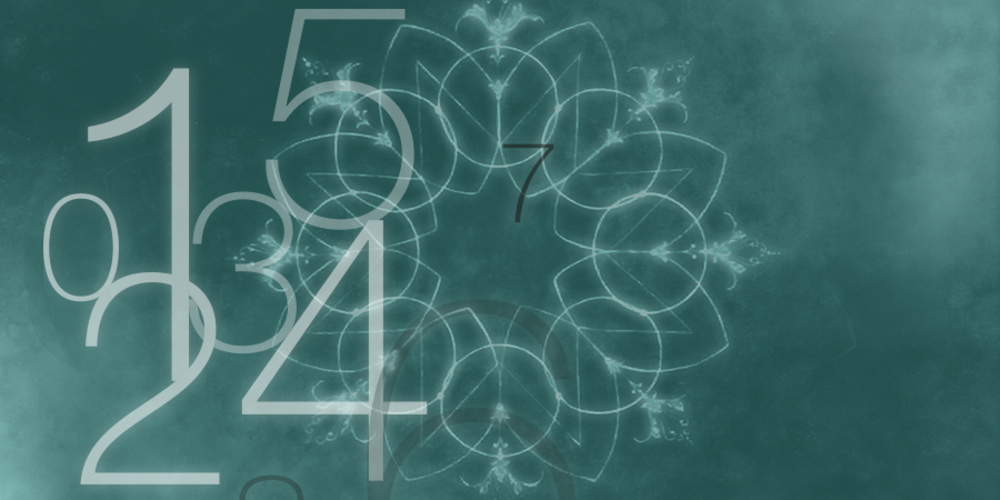I will introduce the topic of mapping class groups of 4-manifolds, which can be studied using algebraic topology, gauge theory, and geometric methods. I will survey what is known, give an outline of some of the methods of proof, and highlight some open questions. I will particularly focus on pseudo-isotopy theory.
If a group contains a strongly contracting element, then it is acylindrically hyperbolic. Moreover, one can use the Projection Complex of Bestvina, Bromberg and Fujiwara to construct an action on a hyperbolic space where said element acts loxodromically. However, the action depends on the chosen element and other strongly contracting elements are not necessarily loxodromic. It raises the...
CAT(0) cube complexes are a central object in geometric group theory, and constitute a large class of objects with a rich structure. Roughly, a CAT(0) cube complex is the metric space obtained by gluing Euclidean cubes in a "non-positively-curved" way. The minicourse has three goals. The first is to provide an overview of why and how cube complexes are used in geometric group theory. The...
Virtual Artin groups were introduced a few years ago by Bellingeri, Paris, and Thiel, with the aim of generalizing the well-studied structure of virtual braid groups to the broader context of Artin groups. These fascinating objects possess a rich algebraic structure that encompasses both Coxeter groups and classical Artin groups. In this talk, we will explore the topology of virtual Artin...
CAT(0) cube complexes are a central object in geometric group theory, and constitute a large class of objects with a rich structure. Roughly, a CAT(0) cube complex is the metric space obtained by gluing Euclidean cubes in a "non-positively-curved" way. The minicourse has three goals. The first is to provide an overview of why and how cube complexes are used in geometric group theory. The...
This talk is intended as an introduction to the so called “Local-to-Global rigidity” of graphs and aims to present the links of this notion with both topology and geometry.
More precisely, a graph G is called Local-to-Global rigid if there exists R>0 such that every other graph whose balls of radius R are isometric to the balls of radius R in G is covered by G.
We’ll talk about the...
I will introduce the topic of mapping class groups of 4-manifolds, which can be studied using algebraic topology, gauge theory, and geometric methods. I will survey what is known, give an outline of some of the methods of proof, and highlight some open questions. I will particularly focus on pseudo-isotopy theory.
I will introduce the topic of mapping class groups of 4-manifolds, which can be studied using algebraic topology, gauge theory, and geometric methods. I will survey what is known, give an outline of some of the methods of proof, and highlight some open questions. I will particularly focus on pseudo-isotopy theory.
The theory of JSJ decomposition plays a key role in the classification of hyperbolic groups, in analogy with the case of 3-manifolds. The same strategy can also be adapted to larger families of groups, but with some obstructions arising, the most natural example being Generalized Baumslag-Solitar groups. We discuss the flexibility of JSJ decomposition for groups within this family, and its...
CAT(0) cube complexes are a central object in geometric group theory, and constitute a large class of objects with a rich structure. Roughly, a CAT(0) cube complex is the metric space obtained by gluing Euclidean cubes in a "non-positively-curved" way. The minicourse has three goals. The first is to provide an overview of why and how cube complexes are used in geometric group theory. The...
Strongly invertible links are collections of disjoint oriented circles in the tri-dimensional space together with an involution preserving the components and reversing the orientation. In this talk we will introduce a family of invariants of strongly invertible links which are analogues of the sl(n) polynomials for links; in particular, they are Laurent polynomials in the variable q and are...
In this talk, I will first recall the definition of the knot's signature in the sense of Gordon-Litherland, computed from a possibly non-orientable surface (via the Goeritz pairing together with some appropriate correction term). I will then follow with an introduction of strongly invertible knots, and define the corresponding concept of equivariant signature, as well as the equivariant...
If a knot decomposes as a connected sum, is this decomposition visible in a diagram of the knot? We will see that the answer is "yes", for so-called alternative diagrams. This partially resolves a conjecture posed by Cromwell in 1991. The proof relies on a new criterion for the existence of fixed arcs of (partial) monodromies. No prior knowledge of monodromies or knot diagrams will be assumed....
The volume entropy of a closed Riemannian manifold is a number which measures the exponential rate of growth of balls in the Riemannian universal cover of the manifold. Taking the infimum of the volume entropy over all Riemannian metrics (up to normalization), one gets a homotopy invariant of the manifold, the minimal volume entropy. This invariant behaves in a quite mysterious way: for...
The Gordian distance u(K,K') between two knots K and K' is the minimal number of crossing changes needed to relate K and K'. The unknotting number u(K) of a knot K arises as the Gordian distance between K and the trivial knot. Rasmussen was the first to find a connection between Khovanov homology and u: his invariant s, extracted from Khovanov homology, yields a lower bound for the slice genus...

